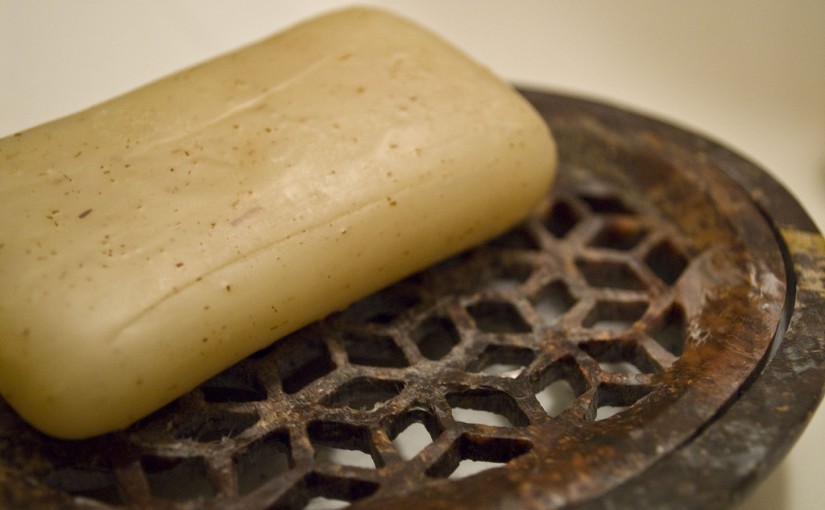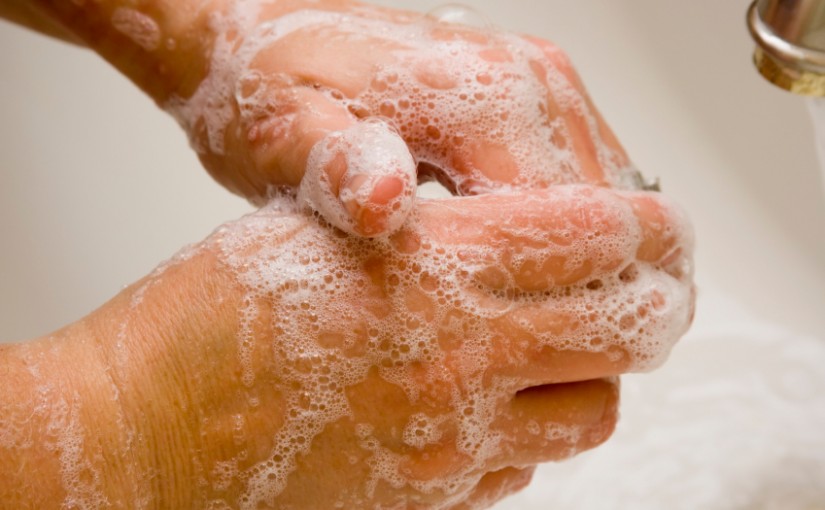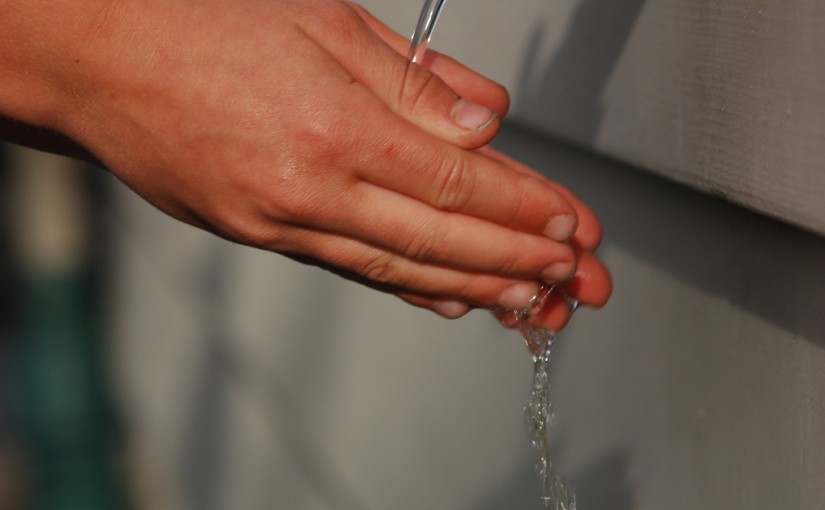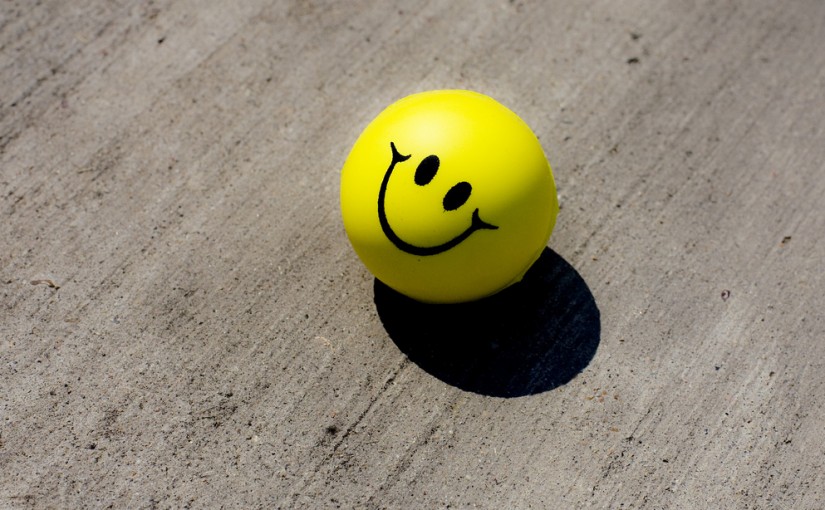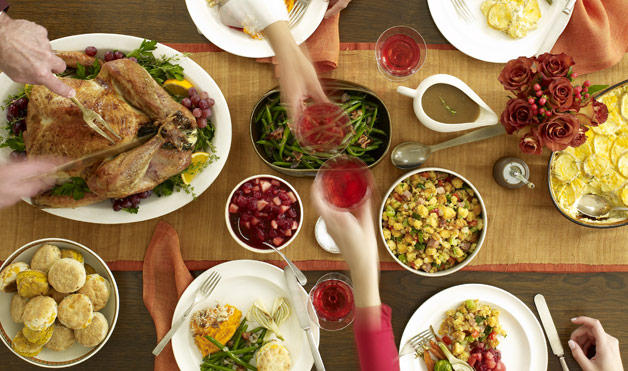The holidays are a season for celebration with loved ones. But if the proper safety precautions aren’t taken, you may find yourself spending your time in the emergency room, rather than around the tree.
Fortunately, there’s a lot you can do to reduce the risk of holiday injuries for yourself and your loved ones. Start by educating yourself on these top five holiday health risks.
- Fires
Those lovely trees people bring into our homes are made of wood, which get even more flammable as the trees dry out. The U.S. Fire Administration reports that from 2009 to 2013, Christmas trees triggered an average 210 home structure fires each year, and compared to other kinds of home fires, those started by Christmas trees led to greater damage and $17.5 million in property damage.
But trees are hardly the only fire risk during the holidays—decorative lighting throughout and outside the home can also lead to fires in the home.
Keep your tree well-watered all season, or even better, get an artificial one. Put out all lights and candles when you go to sleep or leave the house, and check strings of lights for exposed wire before putting them up each year.
- Falls
Getting decorations up can be at least as dangerous as having them out—about 5,800 people are injured in decorating-related falls each holiday season, according to the Electrical Safety Foundation International.
Always use a step ladder when putting decorations up—don’t rely on nearby chairs or other substitutes. When working outside, use a sturdy ladder.
- Choking
Toys can be a serious chocking hazard for children–as many as 251,800 toy choking incidents landed children in the emergency room in 2014, according to the CPSC. Reduce the risk by making sure gifts to children are age-appropriate and paying attention to recall announcements.
But toys aren’t the only choking hazard during the holidays—always keep an eye on children near ornaments, lights, and other seasonal decorations, too.
- Heart attacks
It’s no coincidence there’s a 5 percent increase in heart attack deaths in November and December, according to a 2004 study published in Circulation.
It starts with the increased risk caused by cold weather, which constricts blood vessels and raises blood pressure. Then pile on the stress, overindulgence, lack of sleep, and reduction in physical fitness that so often come with the holiday season, and you’ve got a perfect storm. To top it all, people often ignore the symptoms of a heart attack during the holidays to avoid disrupting the fun.
Reduce your risk by wearing warm clothing and keeping your living space well heated. Take extra care to get your sleep, get your exercise, and stick to any heart mediation regimen you’re on during this busy time. And of course, if you suspect you’re experiencing symptoms of a heart attack, don’t wait—seek medical attention immediately.
- Traffic accidents
There’s also an increase in car crashes during the holiday months. Some of the increased risk is due to the decreased daylight hours on the road. But according to the National Safety Council’s Injury Facts 2015 report, 343 people died in driving accidents on New Year’s Day, 360 on Thanksgiving, and 88 on Christmas in 2013.
To reduce your risk, always have a designated driver if you’re going to drink at a party, and avoid driving on the highest-risk days, when possible.
A Safe Holiday is the Best Holiday
The holidays are a wonderful time of year, but they’re not without they’re perils. But take precautions to keep your festivities safe and protect your loved ones, and the holidays can still be the merry season they’re intended to be.



